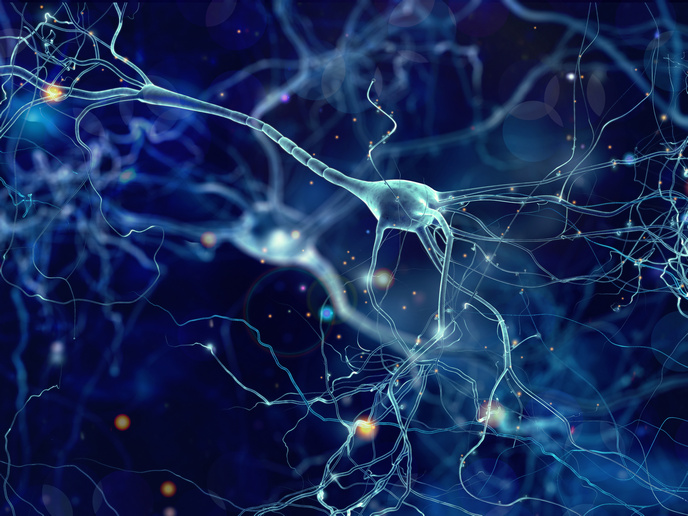Creating a truly efficient brain stimulation system
Non-invasive brain stimulation systems have become popular with those seeking a mental boost, and they could have powerful implications for medical care, particularly in the treatment of neurological disorders. Disorders of the central nervous system often cause debilitating damage to patients and the impacts are felt by those around them, too. Many neurological diseases lack adequate treatments, which places enormous strains on healthcare systems. There are, for example, around 50 million dementia patients worldwide. Such devices could also help others to manage stress, increase their focus and even get better sleep. Yet, while there are an increasing number of systems offered on the market, some seem to be ineffective. “We are trying to break through the biggest hurdle in the field of non-invasive brain stimulation: efficacy. There are a number of devices out there on the market, some use audio stimulation, some magnetic, some electrical.” But as Nickolai Vysokov, Chief Executive Officer, founder of BrainPatch.AI(opens in new window) and BrainPatch project coordinator, explains, some consumers say a given device works brilliantly while others say they don’t work at all. “The same trend can be seen in many scientific studies. So, we’re aiming to develop tools and protocols that make a difference.” To reach higher levels of efficacy, brain stimulation systems will need to be unique and different for each individual. So the BrainPatch project is developing and testing brain stimulators that use artificial intelligence algorithms to try to reach this next step.
Listening, not telling
Most brain stimulation devices use stimulation to ‘tell’ the brain what to do. BrainPatch is taking a different approach, listening to the signals coming from the brain and adapting the software accordingly. The BrainPatch system partly uses transcranial stimulation in which electrodes pass electricity through the skull to stimulate areas of the brain. “We’re also experimenting with peripheral nerve stimulation and have some amazing demos with vestibular nerve stimulation, and using sound,” Vysokov adds. Machine learning algorithms help in multiple ways, including distinguishing the state of the brain in real time(opens in new window), and, as Vysokov says: “It can also determine what the optimal stimulation parameters are, as they may vary from person to person.”
Apps in progress
The BrainPatch team is also developing apps to go with the brain stimulation system. One is geared toward relaxation, which they hope will help people deal with stress and take care of their mental health and well-being. Vysokov explains: “In the non-clinical space we’re hoping to deliver another app to help with concentration. We also have a few fun demos, one quite popular one where the stimulation can induce a state akin to that of a mild inebriation.” Within Phase I of the project, the BrainPatch team published several publicly available abstracts in scientific studies based on their work, such as one on AI(opens in new window), and another on electrodes(opens in new window). “More importantly, we have laid the ground for collaborations and future applications for medical purposes and we’re eventually hoping to be able to deal with a variety of neurological disorders using non-invasive brain stimulation,” explains Vysokov.







